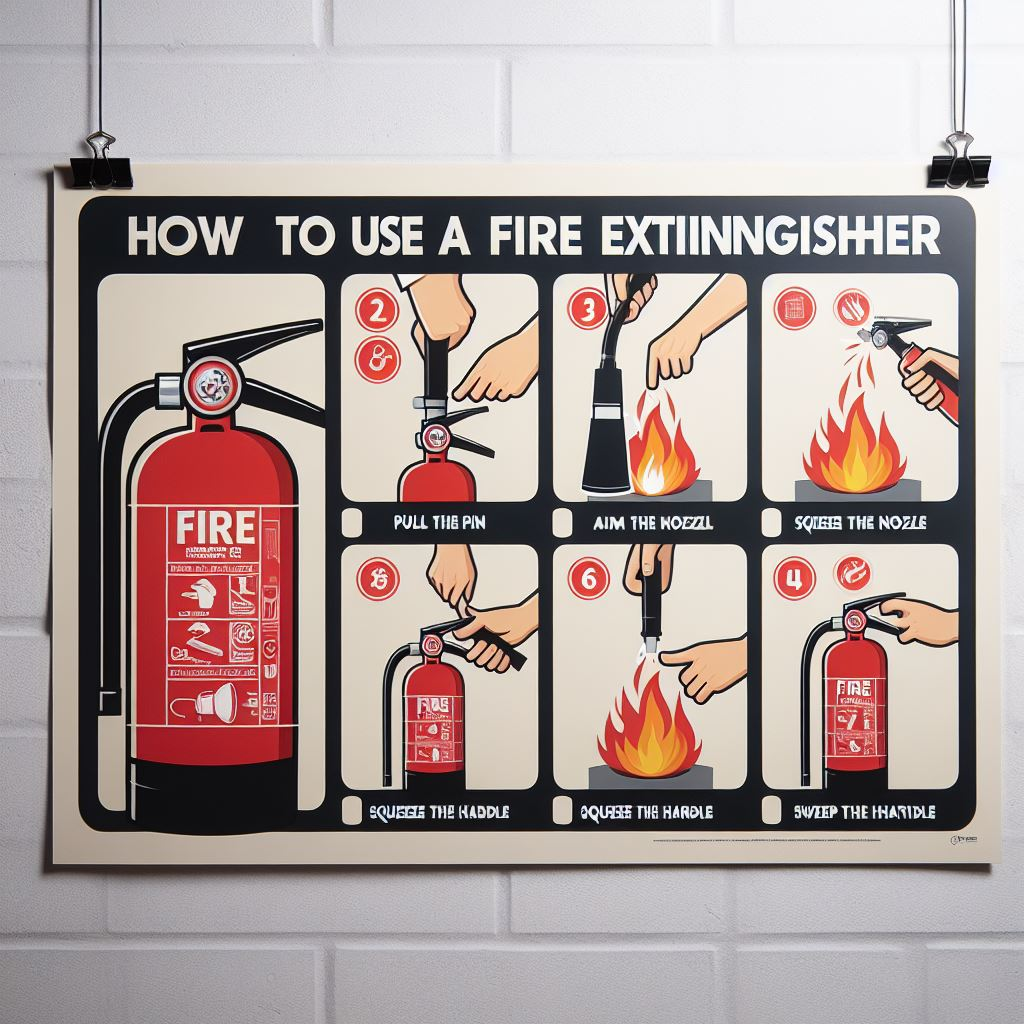In moments of crisis, knowing how to effectively use a fire extinguisher can make the difference between containing a small fire and facing a potentially catastrophic situation. While we hope to never encounter such emergencies, being prepared and equipped with the right knowledge can save lives and property. In this guide, we'll walk you through the essential steps of using a fire extinguisher effectively, incorporating commonly searched keywords to ensure comprehensive coverage.
1. Familiarize Yourself with Fire Extinguisher Types
Before you need to use a fire extinguisher, it's crucial to understand the various types available. Commonly searched terms include "ABC fire extinguisher," "CO2 fire extinguisher," and "class K fire extinguisher." Each type is designed to combat specific classes of fires, such as ordinary combustibles (Class A), flammable liquids (Class B), electrical fires (Class C), and kitchen fires involving cooking oils (Class K). Knowing which type to use for different fire hazards is essential for effective firefighting.
2. Remember the PASS Technique
One of the most searched phrases related to fire extinguisher use is the "PASS technique." This acronym stands for:
- **Pull:** Pull the pin to break the seal and release the locking mechanism.
- **Aim:** Aim the nozzle or hose at the base of the fire, not the flames.
- **Squeeze:** Squeeze the handle to discharge the extinguishing agent.
- **Sweep:** Sweep the nozzle from side to side, covering the entire base of the fire with the extinguishing agent.
Remembering and practicing the PASS technique ensures that you can quickly and efficiently extinguish a fire when needed.
3. Maintain Proper Distance and Angle
When using a fire extinguisher, maintaining the correct distance and angle is crucial for maximum effectiveness. Commonly searched phrases include "how far to stand from fire with extinguisher" and "angle to hold fire extinguisher." Stand approximately 6 to 8 feet away from the fire, ensuring a safe distance while still allowing the extinguishing agent to reach the flames. Aim the nozzle or hose at the base of the fire, holding it at a slight upward angle to cover the fire effectively.
4. Continuously Monitor the Fire
Even as you discharge the extinguishing agent, it's essential to remain vigilant and monitor the fire's behavior. Commonly searched terms include "how to know if fire is out" and "signs fire is extinguished." Continue applying the extinguishing agent until the flames are completely extinguished. Watch for any signs of re-ignition or flare-ups, and be prepared to reapply the extinguisher if necessary.
5. Evacuate if Necessary
If the fire continues to grow despite your efforts or if you feel unsafe, don't hesitate to evacuate the area immediately. Safety should always be the top priority in any emergency situation. Commonly searched phrases related to evacuation include "how to evacuate during a fire" and "fire evacuation procedures." Follow established evacuation procedures, alerting others to the danger as you exit the building and seeking assistance from emergency services.
Conclusion
Mastering the use of a fire extinguisher is a fundamental skill that can protect lives and property in the event of a fire emergency. By familiarizing yourself with different types of extinguishers, remembering the PASS technique, maintaining proper distance and angle, monitoring the fire closely, and prioritizing safety at all times, you can confidently handle small fires and contribute to a safer environment for everyone.
Remember, proper training and regular maintenance of fire extinguishers are essential components of fire safety preparedness. Stay informed, stay prepared, and stay safe.
For all your safety equipment needs and training, visit [Milan Safety](https://milansafety.com) to ensure comprehensive safety solutions for your workplace.
